Hello everyone, this is Gasgoo. In this episode of "Wheels of Change: Stories of Chinese Auto Giants," let's continue our talk about the legacy of Dongfeng Motor.
Mastering core technologies, pursuing new energy vehicle dreams
After years of technological reform, Dongfeng has now basically completed its layout of platforms, products, key assemblies, and core technological resources for new energy, intelligent, and connected vehicles.
In 2017, Dongfeng put forth a strategy to focus on technological R&D in automotive lightweighting, electrification, intelligence, connectivity, and sharing.
Facing a new round of technological revolution and industrial transformation in 2021, Dongfeng launched the Eastern Wind Rising plan and the Leap Forward Action plan for technological innovation.
After seven years of continuous investment, the automaker has implemented many achievements in technological reform.
In terms of platform architecture, Dongfeng has built three major electrification platforms, namely, the Dongfeng Quantum intelligent electric modular architecture, the M TECH HERO luxury electric off-road architecture, and the DSMA multi-energy low-carbon energy-saving modular architecture.
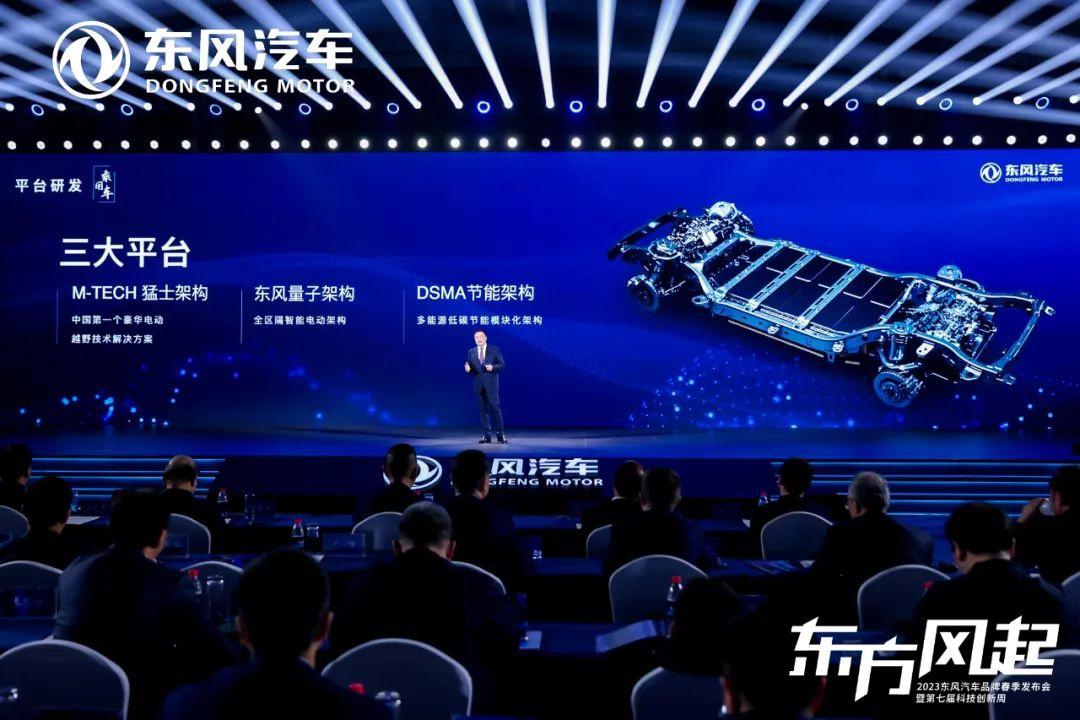
Photo credit: Dongfeng Motor
To be specific, the Dongfeng Quantum architecture is the automaker’s self-developed next-generation intelligent electric architecture, including the Quantum 1, 2, and 3 platforms, covering almost all powertrain solutions, driving modes, sizes, and types of vehicles. The architecture has completed the full product layout. Currently, the three Quantum platforms are used for vehicles under the VOYAH, eπ, and NAMMI brands, respectively, with plans to be deployed onto a total of 16 models, achieving an annual production and sales scale of 1 million units.
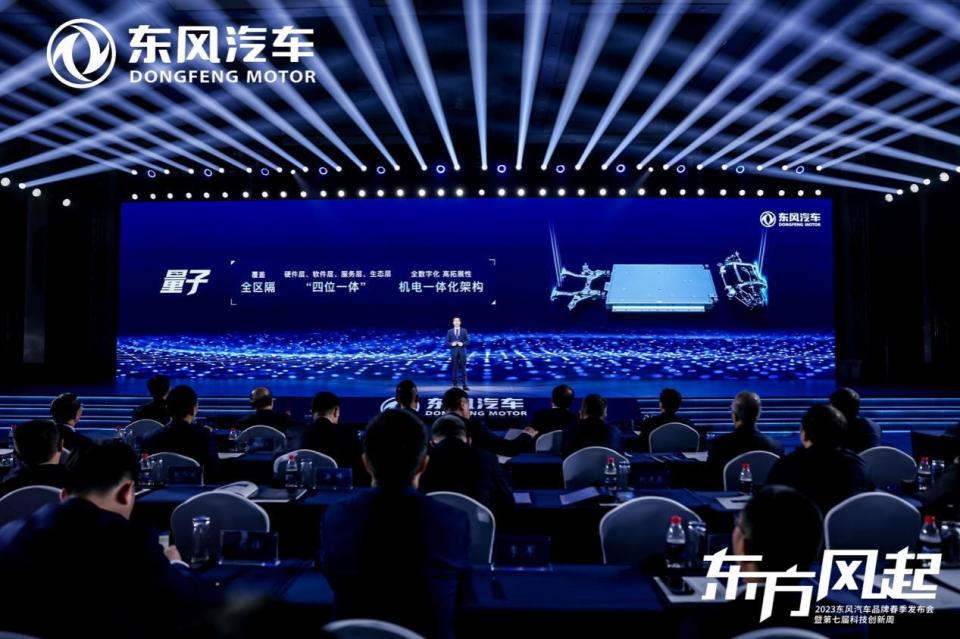
Photo credit: Dongfeng Motor
The M TECH HERO architecture is Dongfeng's exclusive comprehensive technical solution for luxury electric off-road vehicles, covering the skateboard cross-country platform MORA, the MEGA POWER power solution, and the M-ATS off-road all-terrain intelligent solution. Notably, Dongfeng said that the MORA platform is China's first electric skateboard cross-country platform. The MHERO 917 is the first mass-produced model based on the M TECH HERO architecture.
The DSMA architecture is an advanced modular architecture for mid-to-high-end vehicle models, compatible with compact to large-sized vehicles. The DSMA architecture allows intelligent control in the power, infotainment, intelligent driving and chassis, and body domains through a centralized integrated E/E architecture, enabling FOTA upgrades.
In addition, Dongfeng has also developed electrification platforms to offer commercial vehicles all-scenario solutions.
In the field of power technology, Dongfeng adopts a technology roadmap that combines super hybrid (PHREV), pure electric drive and hydrogen energy, forming the Dongfeng Mach power brand and the Dongfeng Hydrogen Boat hydrogen power brand.

Photo credit: Dongfeng Motor
Specifically, the Mach G is an energy-efficient fuel power assembly, and it has been deployed on the Aeolus SHINE GS Mach model.
Meanwhile, the second-generation Mach MHD hybrid powertrain has been applied in models such as the Aeolus Haoji model. Up to now, the third-generation Mach MHD hybrid system has been launched.
Additionally, the Mach E stands as a new energy power brand, consisting of electric drive, battery, and energy replenishment platforms. It covers energy-saving power, hybrid power, and all-electric power. For example, the NAMMI 01 model uses the Mach E electric drive system, featuring an energy consumption as low as 11 kWh per 100 km.
On the other hand, Hydrogen Boat represents Dongfeng’s exploration in hydrogen energy field. Catering to different application scenarios, Hydrogen Boat features 70kW, 150kW, and 350kW platforms,covering power from 20kW to 350kW, providing a full-stack hydrogen energy solution for both passenger and commercial vehicle models.

Photo credit: Dongfeng Motor
In the field of intelligence, Dongfeng operates the Dongfeng Sharing brand. The company aims to gradually achieve core technologies breakthroughs in intelligent driving, smart cockpit, intelligent vehicle control, and intelligent ecosystem through AI technology, central computing platforms, and digital R&D systems.
In terms of aircraft, Dongfeng has developed the Sharing-Airland manned flying vehicle for seamless multimodal transportation services, aiming to exploring the future low-altitude field. The product mainly consists of flight, chassis, and cabin modules, all of which can be used separately.
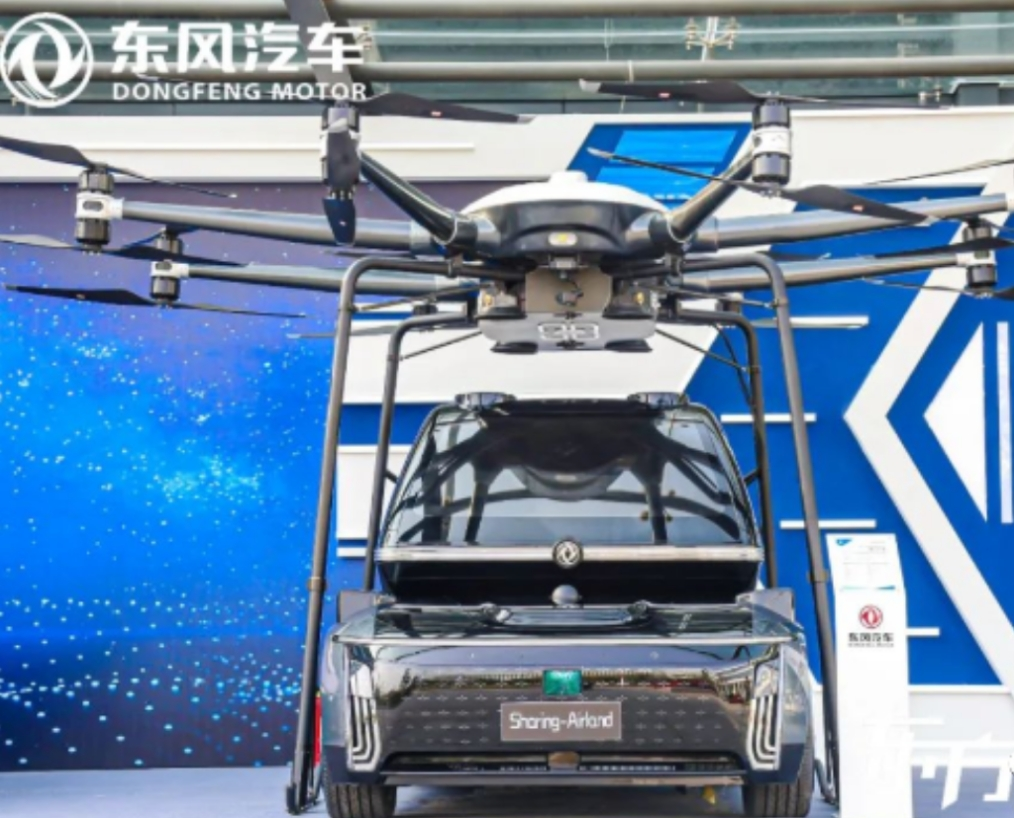
Photo credit: Dongfeng Motor
Dongfeng has also been steadily building an ecosystem for energy replenishment. Currently, it has mastered the 3+X charging technology, including AC charging, DC charging, super-fast charging, wireless charging, automatic charging, V2G, solar charging, and others. the company also holds the ability to complete a battery swap in 90 seconds.
In terms of solid-state batteries, the first batch of demonstration vehicles powered by Dongfeng’s solid-state batteries were officially delivered in 2022. Currently, Dongfeng has completed the development of its second-generation solid-state battery, which is expected to be applied onto vehicles in 2024. The automaker aims to mass produce full-solid-state batteries between 2027 to 2028.
In addition to independent R&D, Dongfeng has also actively collaborated with various industry players.
For example, in September 2023 and January 2024, VOYAH and MHERO signed strategic cooperation agreements with tech giants Tencent and Huawei, respectively, collaborating in multiple areas.
In order to foster a better R&D environment, Dongfeng announced in April 2023 that it plans to invest 50 billion RMB to develop new energy vehicles under its own brands over the next three years, launching 21 passenger car models and 17 basic-level commercial vehicle models.
In November 2023, Dongfeng established an R&D headquarters, building a "1+n" R&D system, focusing the transformation and upgrading of new energy technology, deeply integrating the group’s R&D resources, and comprehensively improving efficiency.
Beyond the achievements in the new energy vehicle field, Dongfeng's auto parts business sector plays an indispensable role in its overall vehicle development.
Currently, Dongfeng has over 100 component manufacturing enterprises, with a focus on 8 business units. Their product range covers both commercial vehicle and passenger vehicle parts, spanning across all automotive systems.
In the passenger vehicle parts sector, the primary focus lies on powertrain assembly, as well as body stamping parts, electronic control systems, chassis systems, interior and exterior decorations, and seating.
For commercial vehicle components, Dongfeng’s business scope encompasses chassis systems, powertrain systems and accessories, body and accessory systems, electronic control systems, as well as the automotive components featuring commonly-used techniques and materials.
Moreover, Dongfeng's component business is also expanding into emerging areas such as batteries, electric drive systems, electric motors, intelligent driving, connectivity, lightweight body systems, and smart cockpits.
Steady steps, decisive actions
For Dongfeng Motor, 2024 is a make-or-break year, with plans to strive for a sales target of 3.2 million vehicles this year.
New energy vehicles are Dongfeng's ace in the hole this year. According to Dongfeng’s plan, it will improve the quantity, quality, and market position of its new energy vehicle products. Dongfeng plans to speed up the development of four major product platforms for commercial vehicle, driving the new energy transformation of both passenger and commercial vehicles.
Over the next two years, Dongfeng aims to launch 14 new energy passenger vehicle models and 10 new energy commercial vehicles.
Specifically, Dongfeng will use new vehicles to enhance its brand image and highlight its technological prowess.
VOYAH aims to establish itself as a high-end intelligent electric vehicle brand and plans to launch a new mid-sized SUV in 2024, ambitious to hit an annual sales volume of 100,000 vehicles.
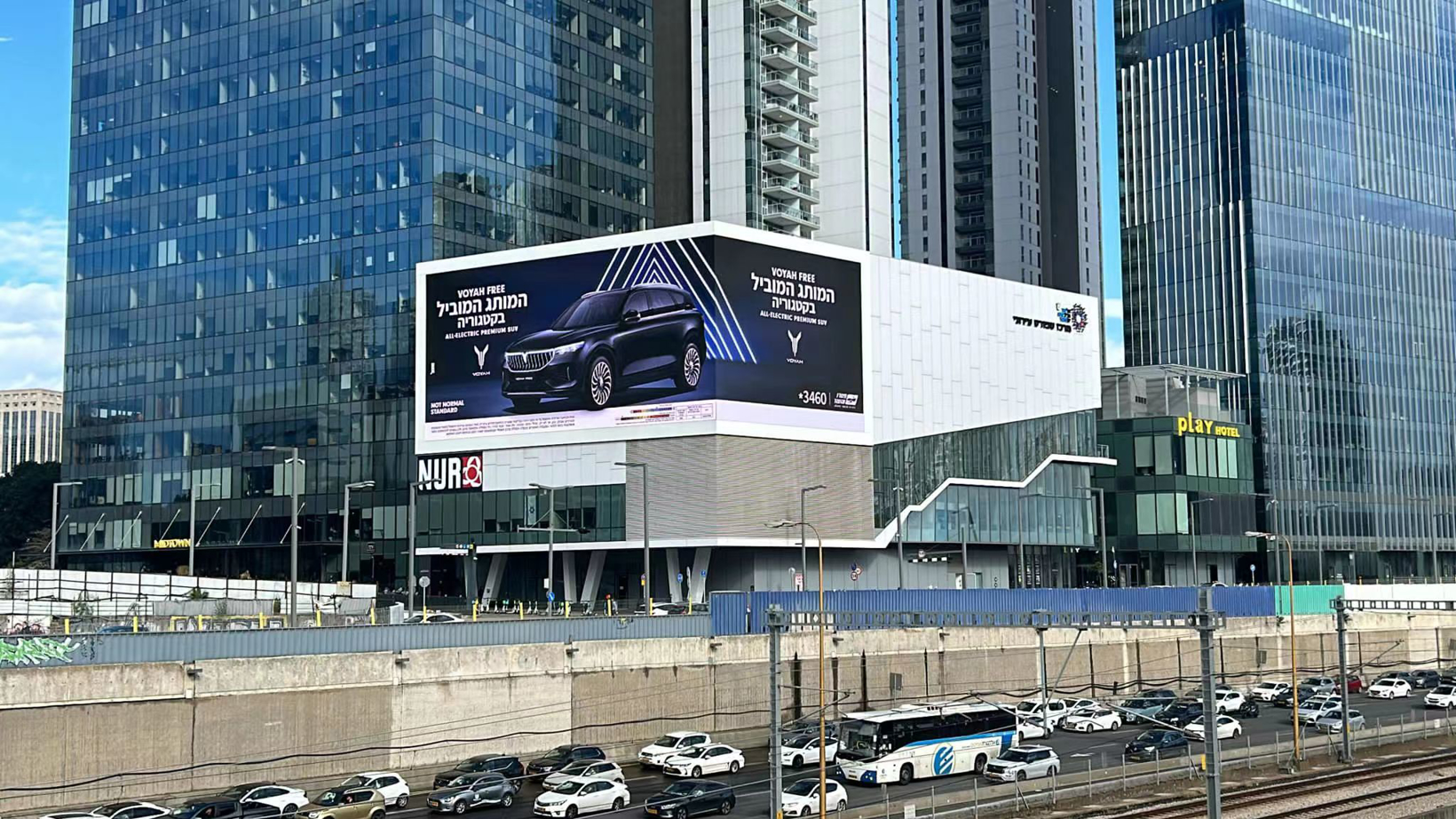
Photo credit: Dongfeng Motor
MHERO seeks to position itself as a leader in the luxury electric off-roader market, and plans to launch a customizable MHERO 917 modified version to meet users’ personalized demands.
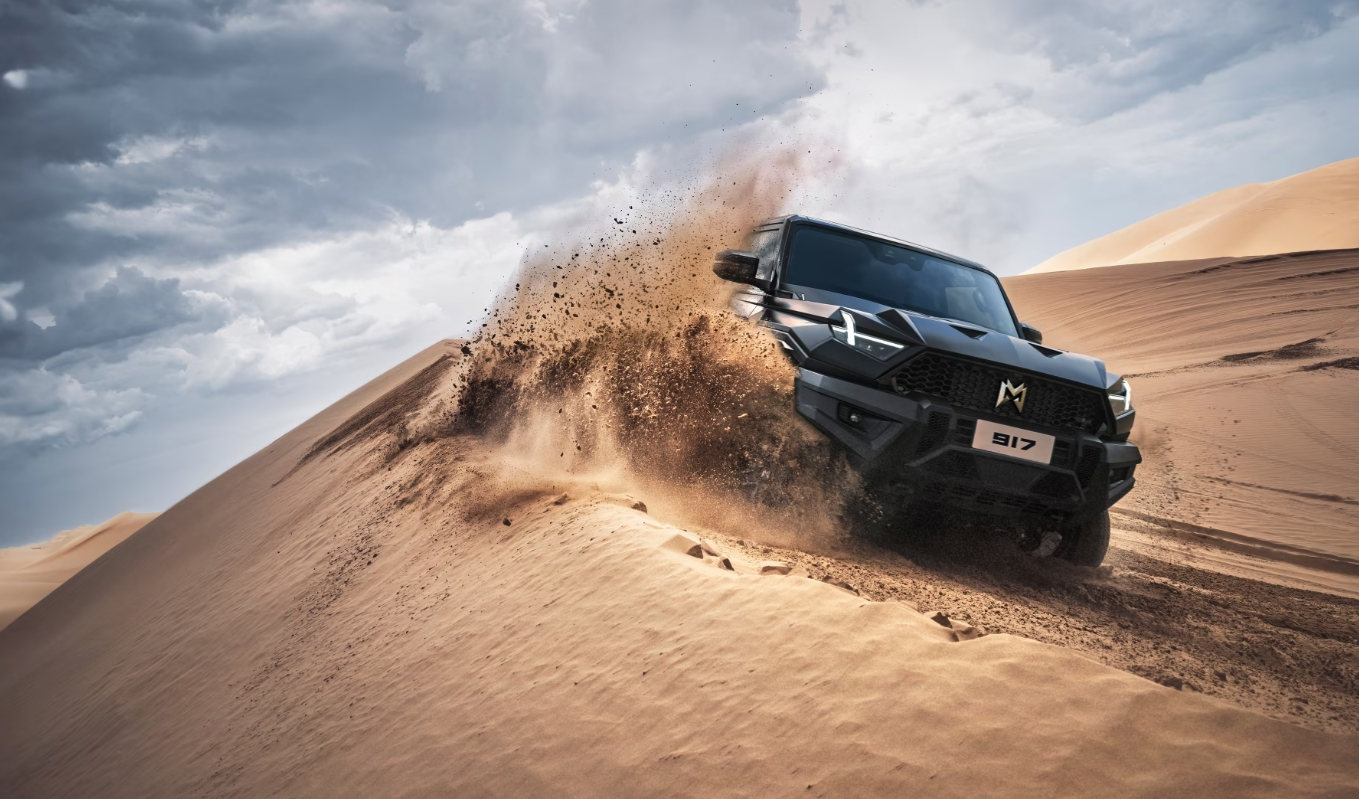
Photo credit: Dongfeng Motor
Dongfeng Aeolus will revamp itself as a brand of smart electric vehicles. It plans to unveil new PHEV and BEV models, with the goal of launching 5 new energy vehicle products within two years.
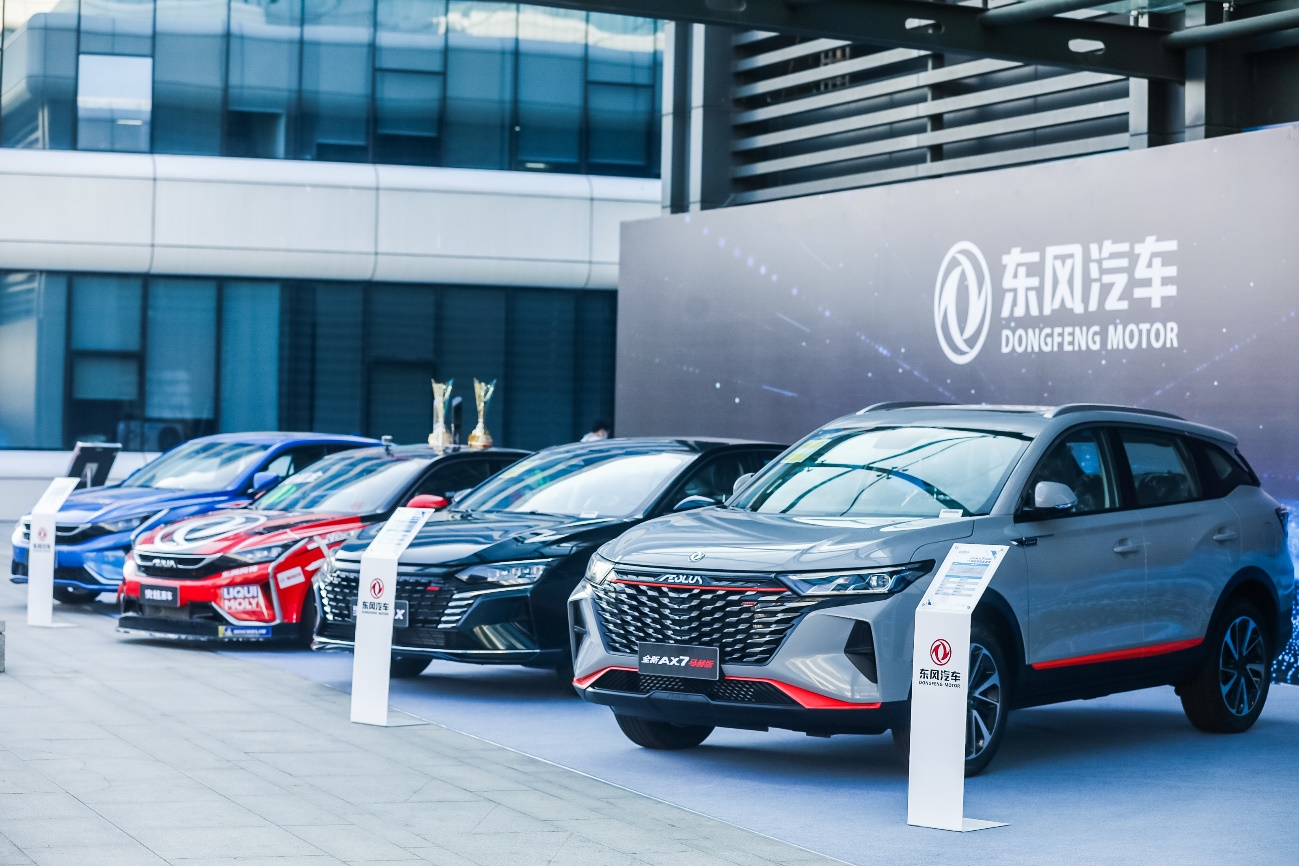
Photo credit: Dongfeng Motor
Dongfeng eπ will be made as a brand of tech-driven electric vehicles. The brand will launch a new mid-to-large SUV model in mid-2024, complementing the eπ007 sedan, which hit the market in March.

Photo credit: Dongfeng Motor
Dongfeng NAMMI plans to build itself into a mass-market brand specializing in all-electric vehicles, with the NAMMI 01 set to launch a modified version. The brand will also introduce its second model, the NAMMI 02, in 2024.
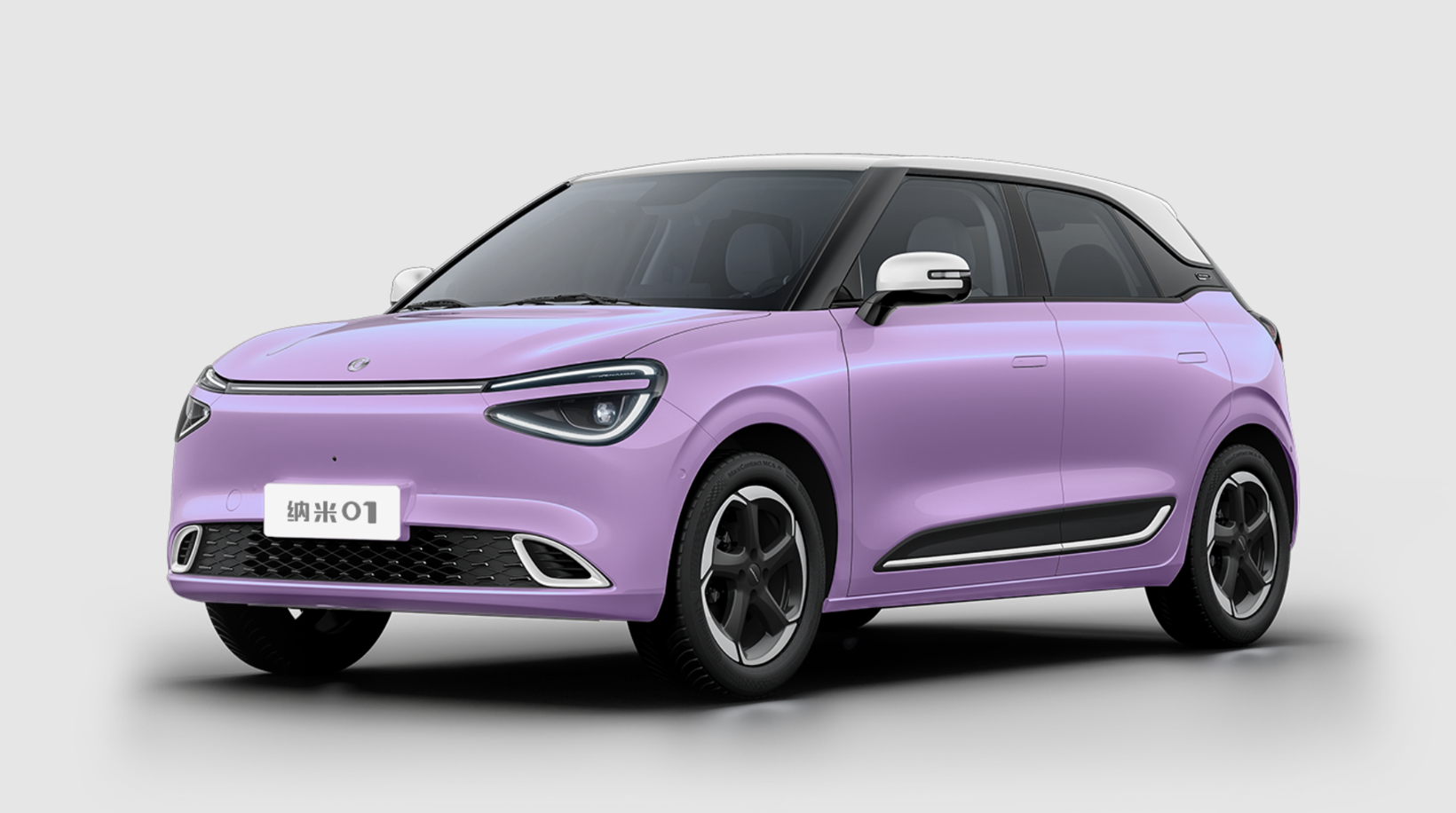
Photo credit: Dongfeng Motor
Additionally, Dongfeng will also collaborate with Huawei to launch products that meet the differentiated needs of customers.
In terms of exports, Dongfeng will focus on building a comprehensive overseas support system.
In 2024, it plans to add more than 140 new overseas dealerships, aiming to double the annual overseas sales volumes for Dongfeng Aeolus, Dongfeng Trucks, and VOYAH, resulting in a total export volume target of 300,000 vehicles.
In the first quarter of 2024, Dongfeng got off to a flying start. From January to March, Dongfeng Motor Corporation sold roughly 660,000 vehicles, indicating a 28.3% jump year-on-year.
Dongfeng Motor Passenger Vehicle Company (including Aeolus, eπ, and NAMMI brands) sold 44,000 vehicles in the period, which soared 79.8% from a year ago. The first-quarter sales of VOYAH summed up to 16,000 vehicles, surging 188% year on year.
With 145,000 vehicles sold in the first quarter, Dongfeng’s commercial vehicle sector saw a 16.1% year-on-year increase in sales.
In addition, in the first three months of 2024, Dongfeng sold 52,000 vehicles in overseas markets, up 19.4% year-on-year.
In summary, whether it's building a brand matrix, improving product structure, enhancing technological capabilities, or expanding economies of scale, Dongfeng Motor is fully committed to its grand vision. In the increasingly competitive automotive market, whether Dongfeng can achieve its aspirations is something to look forward to.
联系邮箱:info@gasgoo.com
求职应聘:021-39197800-8035
简历投递:zhaopin@gasgoo.com
客服微信:gasgoo12 (豆豆)

新闻热线:021-39586122
商务合作:021-39586681
市场合作:021-39197800-8032
研究院项目咨询:021-39197921
